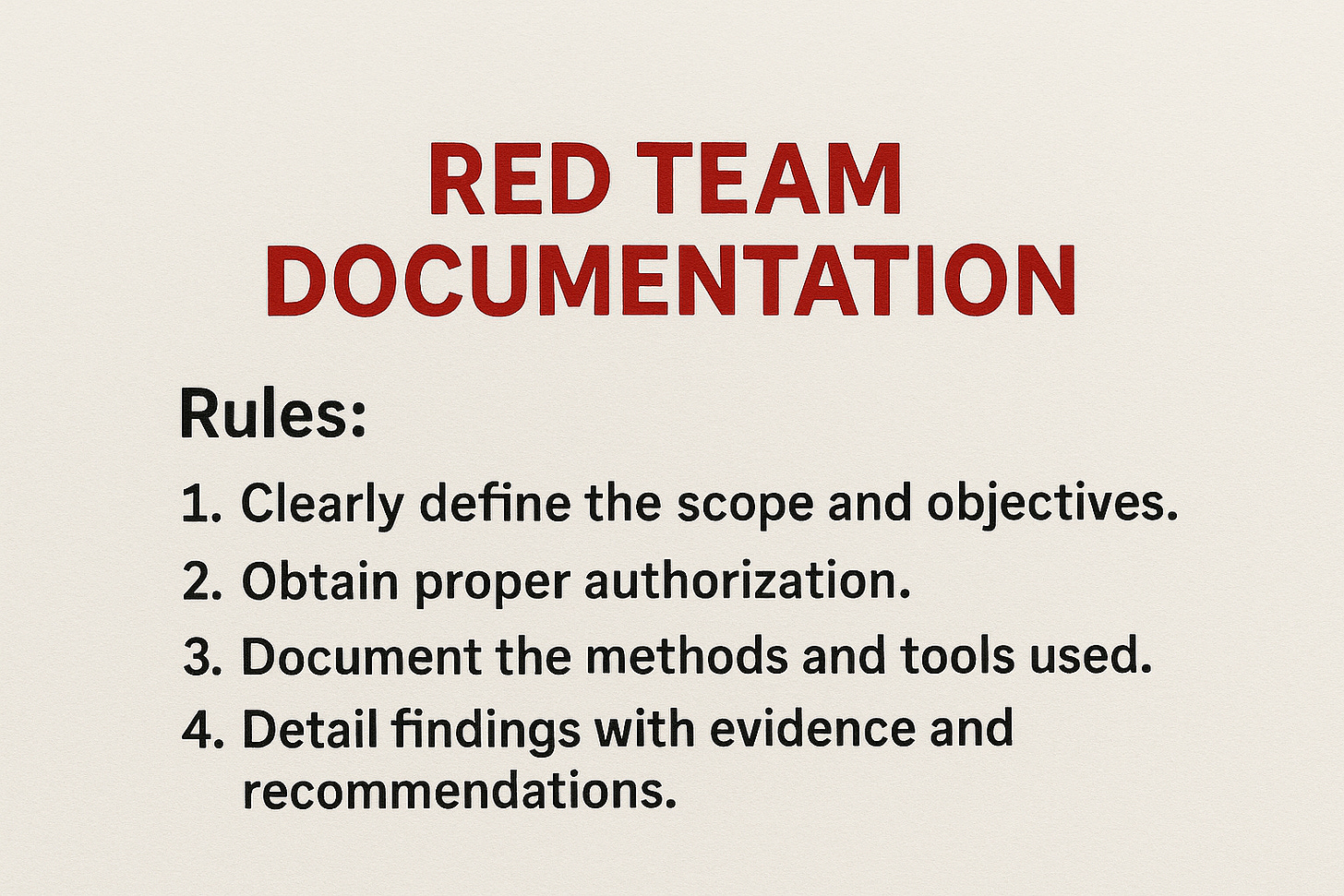Exploring Cybersecurity Career Paths and How They Work Together
From SOC analysts to red teams, how key roles work together to defend organizations.
The cybersecurity field is vast and more interconnected than ever. Understanding the different roles within cybersecurity and how they interact can help you find your path and appreciate the bigger picture. This blog will explore some of the most common and exciting domains: Threat Hunting, Threat Intelligence, Red Teaming, Detection Engineering, and the Security Operations Center (SOC).
Threat Intelligence: The Eyes on the Outside
Threat intelligence is all about understanding the threat landscape. These teams collect, analyze, and deliver insights about cyber threats such as known malware families and the latest tactics used by nation-state threat actors or cybercriminal groups.
What they do:
Monitor threat intelligence platforms (TIPs) and open-source channels.
Track threat actors, campaigns, and malware evolution.
Deliver threat reports to help inform other teams’ operations.
Threat intelligence can inform threat hunts, guide detection engineers, and enrich alerts in the SOC. They’re also a crucial resource for the red team as they emulate real-world threat actors.
Threat Hunting: The Human Radar
Threat hunters proactively search for threats that evade automated detection. They're the detectives of cybersecurity, working off of hypotheses, threat intelligence, and behavioral clues.
What they do:
Form hunt hypotheses based on emerging threats.
Use tools like SIEMs, EDRs, and custom queries to look for anomalies.
Identify gaps in visibility and work with detection teams to close them.
Threat hunters collaborate closely with threat intelligence to shape what they look for, detection engineers to turn findings into detections, and the SOC to dig into suspicious activity.
Red Team: The Ethical Offense
Red teams simulate real-world intrusions to test an organization’s defenses. Their goal is to emulate threat actors and help improve an organization’s security posture through realistic adversarial testing.
What they do:
Use tactics like phishing, social engineering, and lateral movement.
Simulate adversary behavior or insider threats.
Provide detailed reports and walkthroughs of what they accomplished.
Red teams challenge blue teams (SOC, detection engineers, threat hunters) through their assessments. Afterward, they collaborate with network defenders to improve visibility and detections.
Detection Engineering: The Silent Protectors
Detection engineers build and maintain the logic that triggers alerts for suspicious or malicious activity. They translate adversary behavior into code and fine-tune detections to reduce false positives.
What they do:
Write detection rules for SIEMs, EDRs, and custom tools.
Use frameworks like MITRE ATT&CK to map coverage.
Respond to red team or threat hunter findings by developing new detections.
They are the bridge between offense and defense, working with red teams to detect simulated attacks, threat hunters to implement discoveries, and the SOC to tune alert logic.
Security Operations Center (SOC): The Real-Time Defenders
The SOC is the nerve center of an organization’s cyber defense. Analysts monitor alerts, investigate incidents, and coordinate response efforts.
What they do:
Triage and respond to alerts.
Escalate suspicious activity to Incident Response teams.
Provide feedback on detection quality and alert fatigue.
The SOC leans heavily on detection engineers for high-quality alerts, threat intelligence for context, and threat hunters for deeper investigations.
How It All Comes Together
While each role has a unique focus, they operate like parts of a well-oiled machine:
Threat intel informs operations.
Threat hunters uncover blind spots.
Red teams test the resilience of defenses.
Detection engineers build the tripwires.
SOC analysts respond to alerts generated by detections.
When these teams collaborate, they create a powerful security feedback loop that’s always improving. These specialties play a vital role in defending against evolving threats. Whether you're drawn to offensive testing, data analysis, real-time response, or research, there’s a path for you. And the best part? These roles don’t exist in silos. Instead, they rely on each other to succeed.








